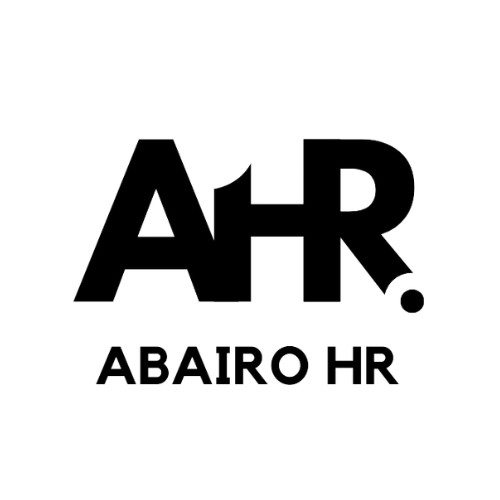How to Recognize and Prevent Employee Burnout
Employee burnout is a growing concern that affects productivity, engagement, and overall workplace well-being. Recognizing and addressing burnout early can help organizations maintain a healthier, more motivated workforce.
Burnout is more than just stress—it’s a state of emotional, physical, and mental exhaustion caused by prolonged work pressure. When left unaddressed, burnout can lead to decreased job performance, higher absenteeism, and increased turnover.
Organizations that prioritize mental well-being and create a supportive work environment can significantly reduce burnout levels. In this blog, we’ll explore how to recognize burnout symptoms, key strategies for prevention, and practical solutions to foster a healthier workplace.
1. Understanding Employee Burnout
What Is Employee Burnout?Burnout is a chronic workplace issue characterized by emotional exhaustion, cynicism, and reduced professional efficacy.
Common Causes:
- Excessive workload and unrealistic expectations
- Lack of autonomy and decision-making power
- Poor work-life balance
- Insufficient recognition and support
- Unclear job expectations
2. Recognizing the Signs of Burnout
Identifying burnout early can prevent long-term damage to employee well-being and productivity.
Key Signs to Watch For:
- Persistent fatigue and lack of energy
- Increased irritability and frustration
- Reduced job performance and motivation
- Detachment from colleagues and workplace activities
- Frequent absenteeism or disengagement
Example: A marketing professional who once thrived in high-pressure projects started missing deadlines and avoiding team interactions, signaling early burnout symptoms.
3. Strategies to Prevent Employee Burnout
Proactive measures can help reduce stress levels and create a more sustainable work environment.
Best Practices:
- Promote Work-Life Balance: Encourage breaks, flexible work schedules, and PTO usage.
- Encourage Open Communication: Create a culture where employees feel safe discussing workload concerns.
- Manage Workloads Effectively: Set realistic expectations and provide adequate resources.
- Offer Mental Health Support: Provide access to counseling services and wellness programs.
- Recognize and Appreciate Efforts: Regularly acknowledge employees’ contributions and provide positive reinforcement.
Example: A financial services firm implemented a “Work Smart” initiative, allowing employees to set personal productivity hours, leading to a 25% decrease in reported stress levels.
4. Building a Supportive Workplace Culture
A positive work environment helps employees feel valued, reducing stress and burnout risks.
Best Practices:
- Encourage Team Collaboration: Foster strong peer support networks.
- Provide Leadership Training: Train managers to identify and address burnout proactively.
- Host Wellness Activities: Organize mindfulness sessions, fitness challenges, or team retreats.
Example: An IT company introduced monthly “Wellness Wednesdays,” featuring guided meditation and stress-relief activities, resulting in a more engaged workforce.
5. Measuring and Addressing Burnout Effectively
Tracking burnout levels helps organizations refine their strategies and create sustainable improvements.
Best Practices:
- Conduct Employee Surveys: Regularly assess stress levels and gather feedback.
- Analyze Turnover and Absenteeism Trends: Identify burnout-related patterns.
- Implement Action Plans: Use collected data to adjust workloads, policies, and support systems.
Example: A healthcare provider launched quarterly well-being check-ins, reducing burnout-related resignations by 18%.
Preventing burnout requires a holistic approach that prioritizes employee well-being, promotes a healthy work environment, and ensures open communication. By recognizing burnout signs early and implementing proactive strategies, organizations can build a more resilient and engaged workforce.
“Want to create a burnout-free workplace? Start by implementing these strategies and fostering a culture of well-being today!”
Let’s Start Something new
Say Hello!
Let’s get the ball rolling! Just fill out the details below, and one of our HR experts will get back to you faster than you can think of an HR question.
